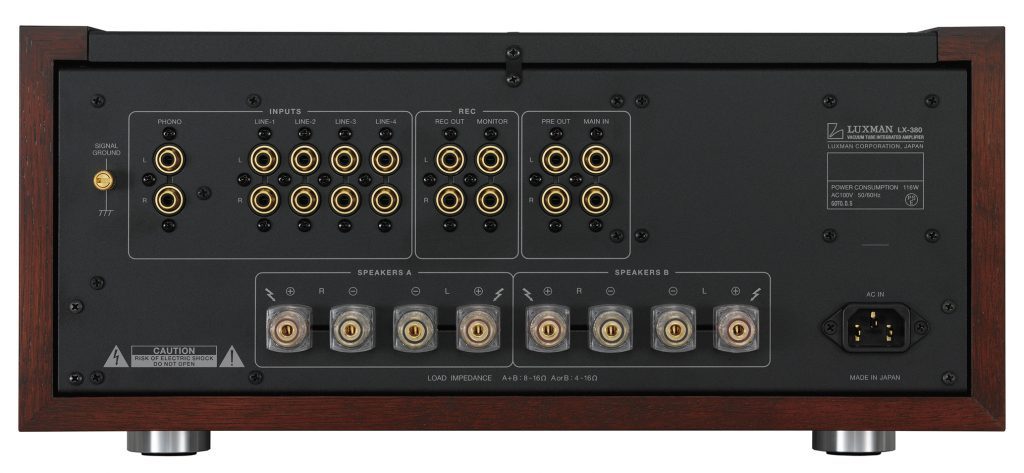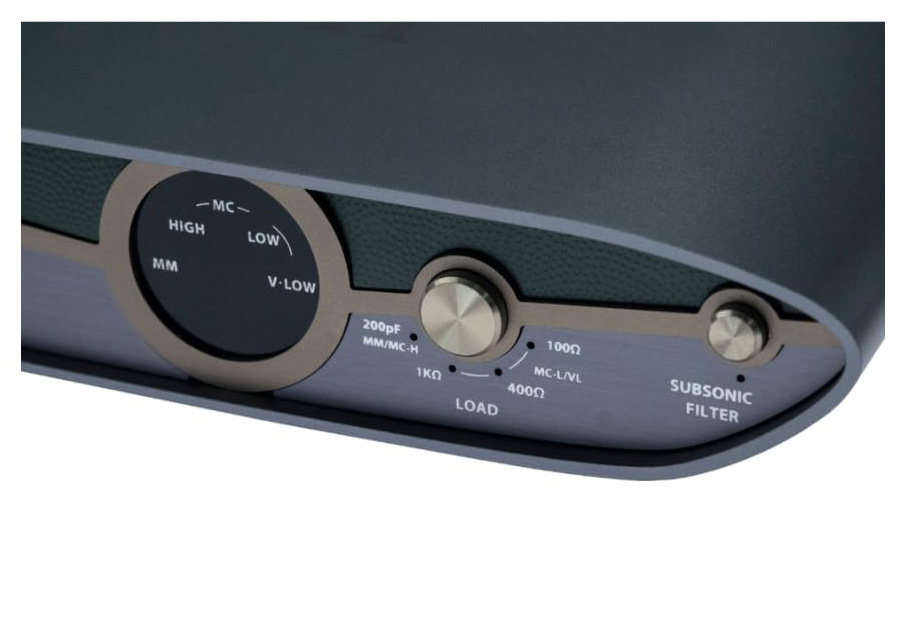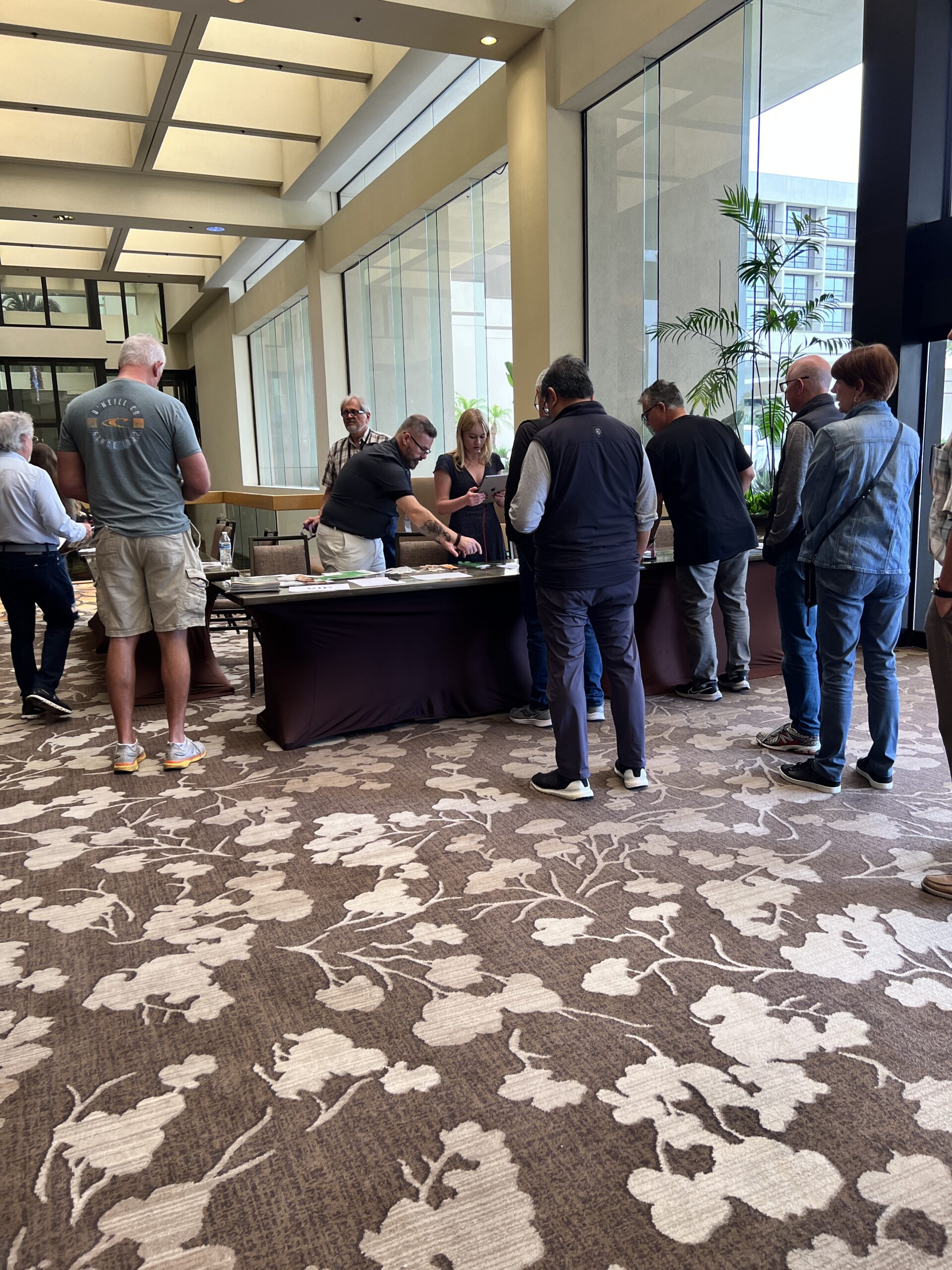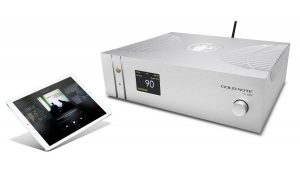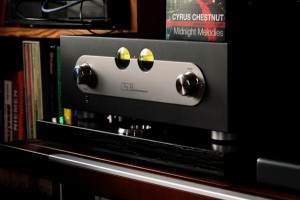As many of you know, Luxman has a long and proud tradition in the HiFi industry. Within that history, the HiFi press has bestowed accolades to many of their models over the years. Recently Victor Chavira and I at PF got a chance to review an integrated amplifier in their lineup, the LX-380 to be exact. Would the LX-380 hold up to the scrutiny of the two reviewers, and keep that long-standing tradition of excellence intact? Let's find out.
Since Victor went over technical aspects of this integrated (more HERE), I won't repeat them here. But I would like to mention a few key functions and features that caught my attention. The Luxman LX-380 is a push-pull tube integrated amplifier that uses 6L6 power tubes. It has a built in MM/MC phono section, quite flexible tone controls, a line straight switch, a loudness, subsonic and mode switch, and a headphone jack to name a few. Around the back are five inputs, two outputs, a pre-out, a main in, and speaker A/B outputs for four speakers. One key feature is LECUA, a computerized volume control which is said to adjust volume very precisely. Now, depending on what kind of audiophile you are, I would imagine you are either going to love or be repelled by all this technology. Personally, I find all of this flexibility very convenient and rewarding for the music lover who wants to get the maximum out of their music collection regardless of the medium.
On page ten of the manual I noticed the hook up diagram showed a CD player, CD/SACD player, recorder, analog player (record), and four speakers hooked up to it. Great, what, no computer? OK with that observation I used my turntable, SACD player, DVD player/DAC combo, and two speakers, but no computer to play music for this review. What no computer? No, I do not have a computer audio system hooked up to my stereo rig. I am not a luddite. On the contrary, I am very much interested and intrigued with computer audio. To me it has changed the high-end industry more than anything in recent times. I just haven't had the time and knowledge base to research and set up a proper one for my system. Although, it is cool all over again for young and old to own and use vinyl. The same wiseguys who told us to get rid of all of our albums and embrace CDs are the same wiseguys who said to get rid of all of our CDs and embrace bits and bytes. I am betting that in the not too distant future, spinning CDs will be cool again. In fact, as we speak, the lowly cassette is making a comeback. (see Tnt-audio.com, February 2019) I rest my case.
If the last paragraph wasn't shocking enough, from time to time I rely on my son to turn me on to any cool music he happens to be listening to. Bands like Riverside, Real Estate, If These Trees Could Talk, and Stick Figure are just a sample of some of the cool music I have been listening to lately thanks to my son. Unfortunately, I didn't use any of this music for the review. Unless you count my cell phone running through my Audioengine B1 to my system. All of that new music is downloaded to Spotify on my HTC, and usually listened to in my car. But don't despair, some great LPs and CDs were spun in this endeavor.
I hate to use the phrase, "This is not your father's tube amplifier," but I will. Then again it is and it isn't. Immediately noticeable was a crisp, neutral tone. Music was reproduced with excellent detail retrieval and clarity that made it easy to differentiate CDs spun with and without my Millennium Audio Vision Carbon Mat. Yes, I still have one and use it regularly. For instance, on the soundtrack from the movie The Emerald Forest, the flood of flute, percussion instruments, and synths washed over me with a depth and spaciousness that filled the front half of my living room. I have listened to this CD many times before, but running this disk through the LX-380 proved most enjoyable, and I really felt immersed in the music. Although the soundstage was not as wide as with my Antique Sound Labs monoblock amps or my Marantz/Margules combo, the LX-380 threw quite a dimensional, detailed soundstage that spreads the instruments on that stage with precision and depth.
Instruments such as piano, saxophone, and cymbals sounded especially natural and life like from the Sideways soundtrack, to Terence Blanchard and Hank Mobley. Through the many Drive by Truckers, Neil Young, and vintage POCO albums, the LX-380 easily captured the different recording quality, texture of vocals, and instruments on each of these albums. Differing soundstage dimensions were readily noticeable. Bass and dynamics, though, were reproduced slightly softer and slightly less impactful than either of my reference amplifiers. This was especially noticeable on the Emerald Forest soundtrack, and Black Uhuru's impactful reggae music. Yet bass notes were taut and clean. I never felt the music lacked enough bass. In fact, the frequency spectrum is well balanced with this amplifier.
The top end is reproduced cleanly, crisply, and very slightly brighter, or a bit more lit up if you will, again as compared to my reference amps. Like I said, this is and isn't your fathers tube amp. My Margules 25th anniversary U280 SC when combined with my Modded Marantz has an overall darker sound. This combination is grainless to a fault. I really haven't heard another amplifier as clean and grainless as the Marantz. Due, no doubt, to the excellent modification done by The Upgrade Sales. Please don't take it as chest thumping on my part. I am just trying to establish the environment the LX-380 has stepped into. Yet, the Luxman gives you tube dimension, a precise detailed and top end crispness that many tube amplifiers fall far short of, and just gloss over this important part of the reproduction. It also gives you more than a fair share of precise bass frequencies.
So, would I trade all my gear for this Luxman integrated amplifier? There are many qualities that make the Luxman very appealing. Comparing it to my rig is a bit challenging. Although the price for the Luxman is close to the Marantz/Margules combo, the rest gets a bit complicated. First there are the modifications to my gear. Second, there is a lot of weight in the Margules. Then, there is hook up complexity. The one box convenience, simplicity, and solid sound quality of the Luxman LX- 380 has a very strong appeal. I also can't stress enough the fun I had using all of its features. I even liked its retro look. I can answer the question I asked in the beginning of this review with a resounding, yes! With the Luxman LX-380, Luxman has kept their long-standing tradition of excellence intact.
LX-380 Integrated
Retail: $7500
Luxman





